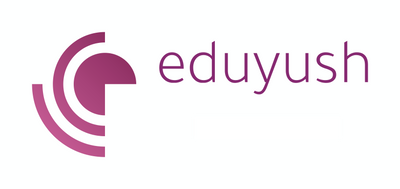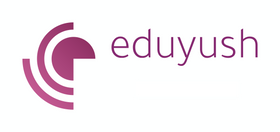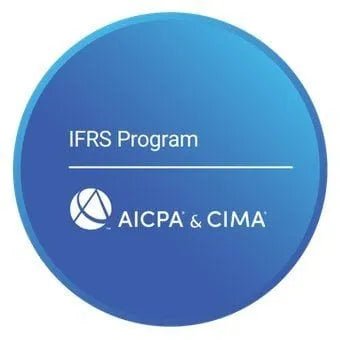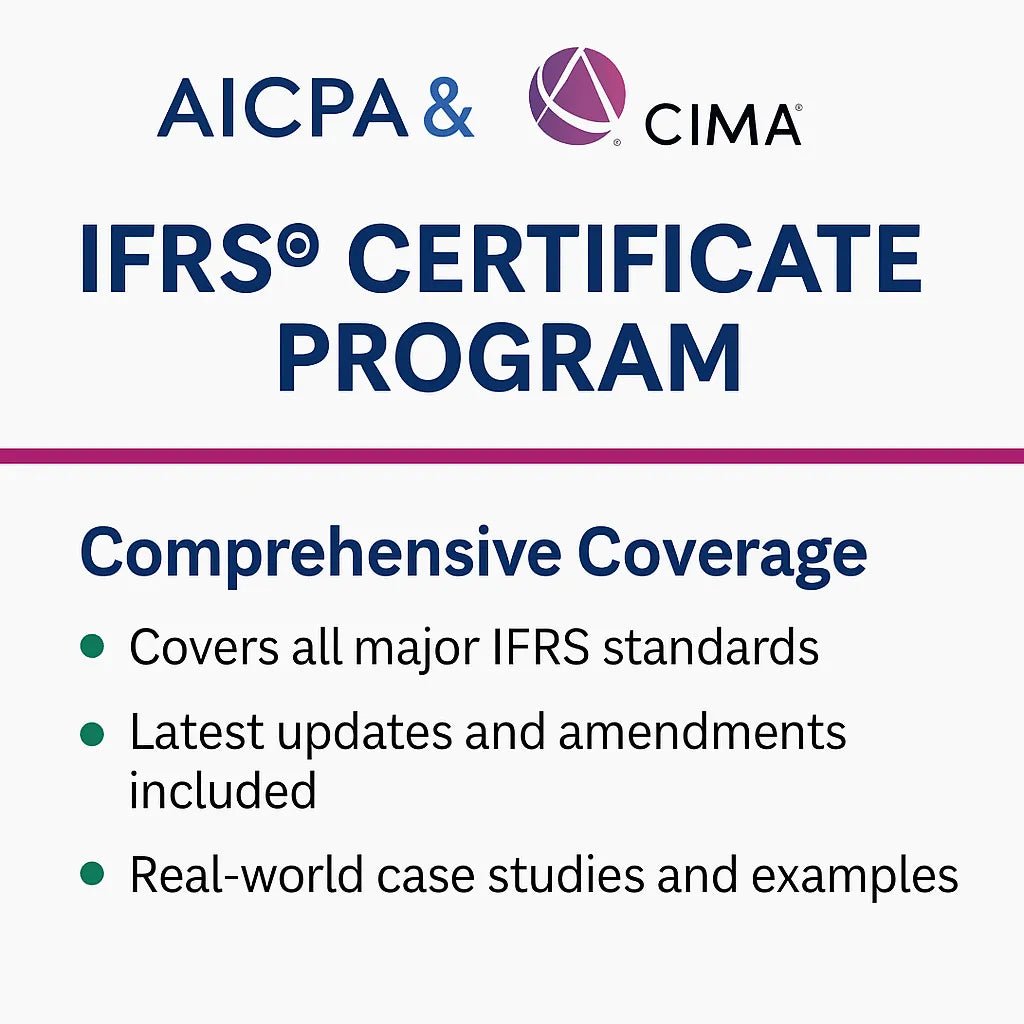DipIFR Goodwill Impairment: Most Misunderstood Topic
Goodwill Impairment: The Most Misunderstood DipIFR Topic
DipIFR consolidation questions consistently reveal one critical weakness among candidates: the ability to performgoodwill impairment calculations. According to recent examiner reports, this topic accounts for more lost marks than any other consolidation adjustment. The complexity lies not in the concept itself, but in the mechanical application of grossing-up procedures and determining recoverable amounts.
The Fundamental Problem: When to Gross Up Goodwill
The DIPIFR examiner's report highlighted a recurring error: candidates failing to gross up goodwill when the non-controlling interest (NCI) was initially measured using the proportionate share method. This mistake cascades through the entire impairment calculation, often resulting in zero marks for what should be straightforward adjustments.
Understanding the Two NCI Measurement Methods
Method 1: Fair Value Method
- NCI includes a share of goodwill
- No grossing up required for impairment testing
- Goodwill already reflects 100% of the cash-generating unit
Method 2: Proportionate Share Method
- NCI excludes goodwill component
- Requires grossing up for impairment testing
- Must calculate notional goodwill for the entire entity
Step-by-Step Goodwill Impairment Process
Step 1: Identify the NCI Measurement Method
Review the acquisition details carefully. The question will typically state whether NCI was measured at fair value or using the proportionate share of net assets.
Step 2: Calculate Notional Goodwill (When Required)
When using the proportionate share method:
Notional Goodwill = Recorded Goodwill ÷ Parent's Ownership %
Example:
- Recorded goodwill: $2,400,000
- Parent ownership: 80%
- Notional goodwill: $2,400,000 ÷ 80% = $3,000,000
Step 3: Determine Recoverable Amount
The recoverable amount is the higher of:
- Fair value less costs of disposal
- Value in use
Candidates frequently confuse these terms. Value in use represents the present value of expected cash flows, while fair value less costs of disposal represents the amount obtainable from sale in an orderly transaction.
Step 4: Calculate Impairment Loss
Compare the carrying amount of the cash-generating unit (including notional goodwill) with its recoverable amount.
Carrying Amount Components:
- Net assets of subsidiary at reporting date
- Notional goodwill (if grossing up required)
- Fair value adjustments and accumulated amortization
Common Calculation Errors
Error 1: Incorrect Grossing Up Application
Many candidates apply grossing up when the NCI was measured at fair value, or fail to apply it when using the proportionate share method. This fundamental misunderstanding renders the entire calculation invalid immediately.
Error 2: Using Individual Asset Fair Values
Some candidates attempt to use the fair value of individual assets rather than the fair value of the cash-generating unit as a whole. Goodwill impairment testing operates at the cash-generating unit level, typically the entire subsidiary.
Error 3: Allocation Mistakes
When impairment occurs, candidates often misallocate the loss between the parent and the NCI. The allocation should reflect ownership percentages, but only after ensuring goodwill bears the first impact.
Practical Worked Example
Scenario: Alpha acquired 75% of Beta for $18,750,000 when Beta's net assets were $20,000,000. NCI was measured using the proportionate share method. At year-end, Beta's recoverable amount is $22,000,000, and its net assets are $24,000,000.
Solution Process:
Step 1: Calculate original goodwill
- Consideration paid: $18,750,000
- Share of net assets: 75% × $20,000,000 = $15,000,000
- Goodwill: $18,750,000 - $15,000,000 = $3,750,000
Step 2: Gross up goodwill for impairment testing
- Notional goodwill: $3,750,000 ÷ 75% = $5,000,000
Step 3: Calculate carrying amount
- Net assets: $24,000,000
- Notional goodwill: $5,000,000
- Total carrying amount: $29,000,000
Step 4: Determine impairment
- Carrying amount: $29,000,000
- Recoverable amount: $22,000,000
- Impairment loss: $7,000,000
Step 5: Allocate impairment
- To parent (75%): $5,250,000
- To NCI (25%): $1,750,000
- Remaining goodwill: $5,000,000 - $7,000,000 = -$2,000,000 (fully impaired)
Advanced Considerations
Multiple Cash-Generating Units
When a subsidiary operates multiple distinct cash-generating units, goodwill must be allocated appropriately. This requires judgment about which units generate independent cash flows.
Reversal of Impairment
Unlike other assets, goodwill impairment cannot be reversed under IFRS. This permanent nature makes accurate initial calculations crucial.
Study Resources for Mastery
Mastering goodwill impairment requires extensive practice with varied scenarios. The BPP DipIFR Study Text and Practice Kit
provides comprehensive coverage of these complex calculations, with step-by-step worked examples that mirror exam requirements.For quick reference during revision, DipIFR Pass Cards offer concise summaries of the key decision points and calculation methods.
Exam Technique Tips
Spreadsheet Management
DipIFR consolidation questions require clear working papers. Create separate worksheets for:
- Goodwill calculation and movement
- Impairment testing workings
- Final consolidation adjustments
Time Allocation
Goodwill impairment typically represents 4-6 marks in Question 1. Allocate approximately 8-10 minutes to ensure accuracy without compromising other consolidation adjustments.
Cross-Referencing
Link all workings to the final consolidated statement. Markers award partial credit for correct methodology, even when final figures contain errors, provided that the workings are clearly presented.
Looking Ahead: Complete DipIFR Success
Understanding goodwill impairment is just one component of DipIFR consolidation mastery. Success requires systematic preparation across all consolidation topics. Consider structured preparation through comprehensive DipIFR training resources, which provide both a theoretical foundation and practical application skills.
The path to DipIFR success demands dedication, but with a proper understanding of complex topics like goodwill impairment, candidates can approach the examination with confidence. The key lies in mastering the mechanical aspects while understanding the underlying principles that drive these calculations.
Remember: goodwill impairment is not just about following steps—it is about understanding when and how to apply different methodologies based on the specific circumstances presented in each question. Master this distinction, and you will avoid the pitfalls that trap most candidates.
FAQs
ACCA blogs
Follow these links to help you prepare for the ACCA exams
IFRS blogs
Follow these blogs to stay updated on IFRS
Formats
Use these formats for day to day operations
- Account closure format
- Insurance claim letter format
- Transfer certification application format
- Resignation acceptance letter format
- School leaving certificate format
- Letter of experience insurance
- Insurance cancellation letter format
- format for Thank you email after an interview
- application for teaching job
- ACCA PER examples
- Leave application for office
- Marketing manager cover letter
- Nursing job cover letter
- Leave letter to class teacher
- leave letter in hindi for fever
- Leave letter for stomach pain
- Leave application in hindi
- Relieving letter format
Interview questions
Link for blogs for various interview questions with answers
- Strategic interview questions
- Accounts payable interview questions
- IFRS interview questions
- CA Articleship interview questions
- AML and KYC interview questions
- Accounts receivable interview questions
- GST interview questions
- ESG Interview questions
- IFRS 17 interview questions
- Concentric Advisors interview questions
- Questions to ask at the end of an interview
- Business Analyst interview questions
- Interview outfits for women
- Why should we hire you question
leave application format
- Leave application for office
- Leave application for school
- Leave application for sick leave
- Leave application for marriage
- leave application for personal reasons
- Maternity leave application
- Leave application for sister marriage
- Casual leave application
- Leave application for 2 days
- Leave application for urgent work
- Application for sick leave to school
- One day leave application
- Half day leave application
- Leave application for fever
- Privilege leave
- Leave letter to school due to stomach pain
- How to write leave letter
Insurance blogs
- Sample letter of appeal for reconsideration of insurance claims
- How to increase insurance agent productivity
- UAE unemployment insurance
- Insurance cancellation letter
- Insurance claim letter format
- Insured closing letter formats
- ACORD cancellation form
- Provision for insurance claim
- Cricket insurance claim
- Insurance to protect lawsuits for business owners
- Certificate holder insurance
- does homeowners insurance cover mold
- sample letter asking for homeowner right to repair for insurance
- Does homeowners insurance cover roof leaks














Leave a comment